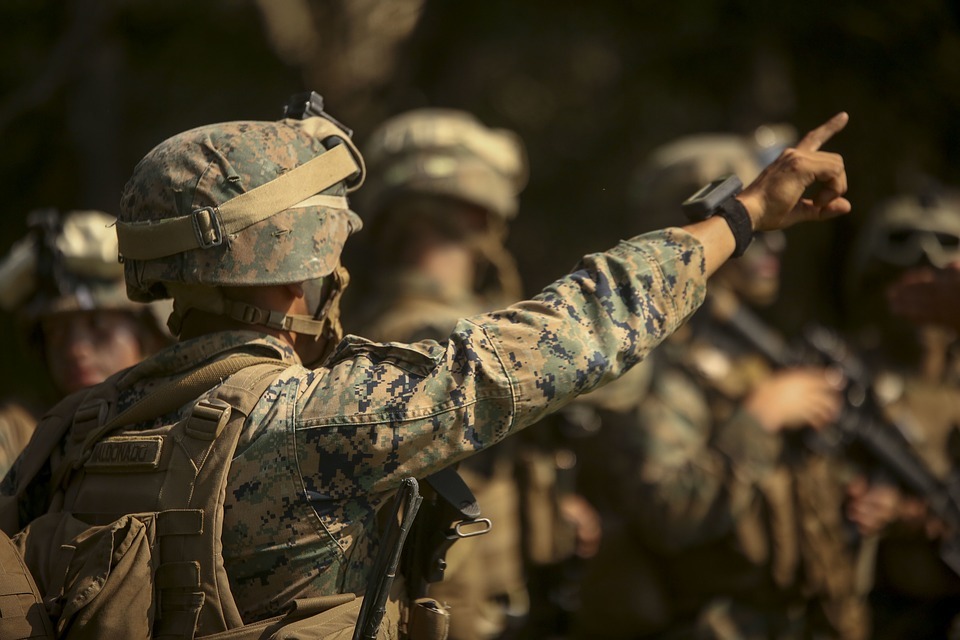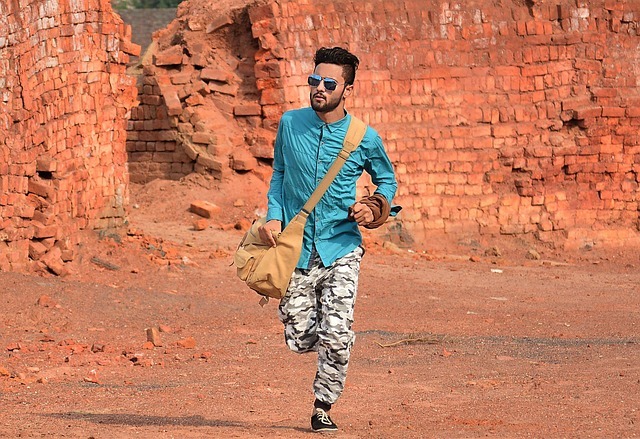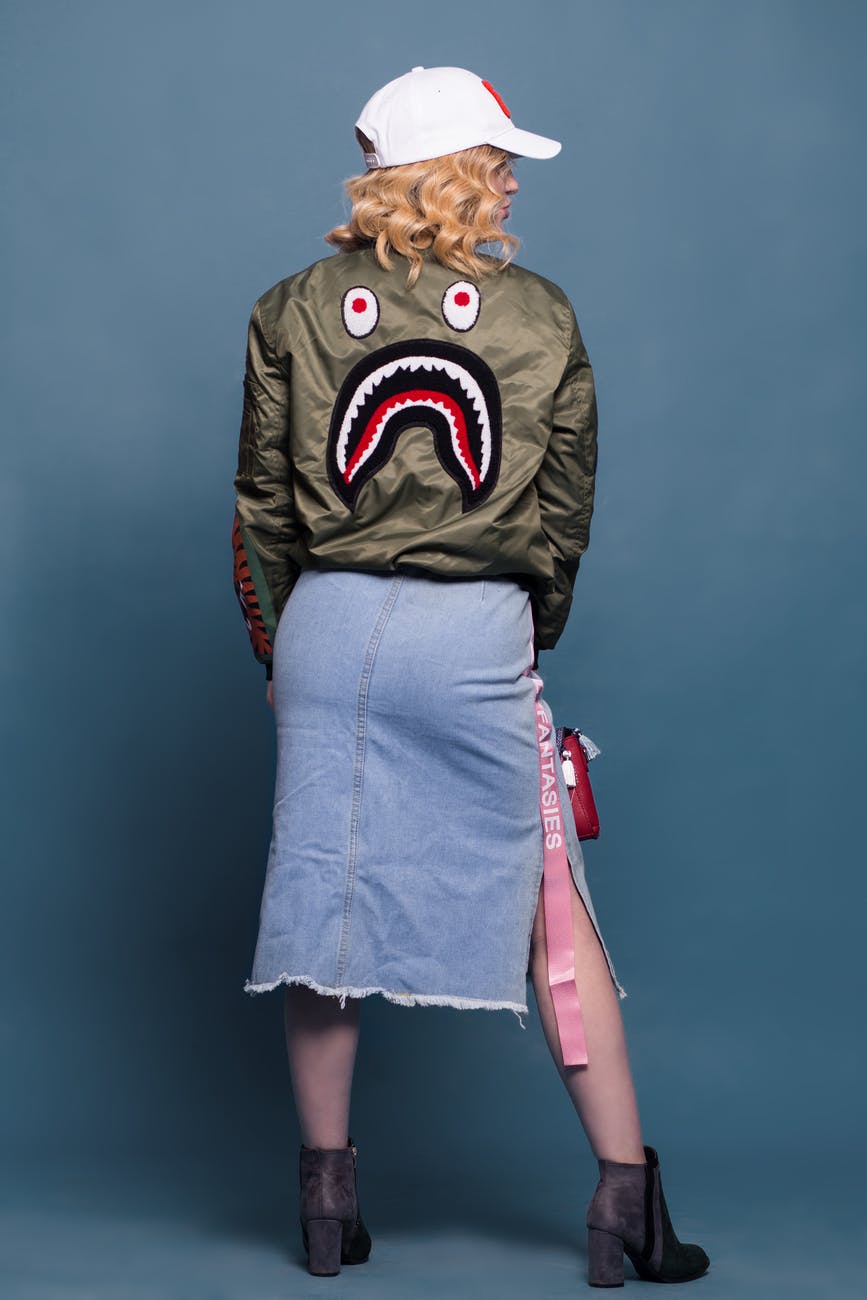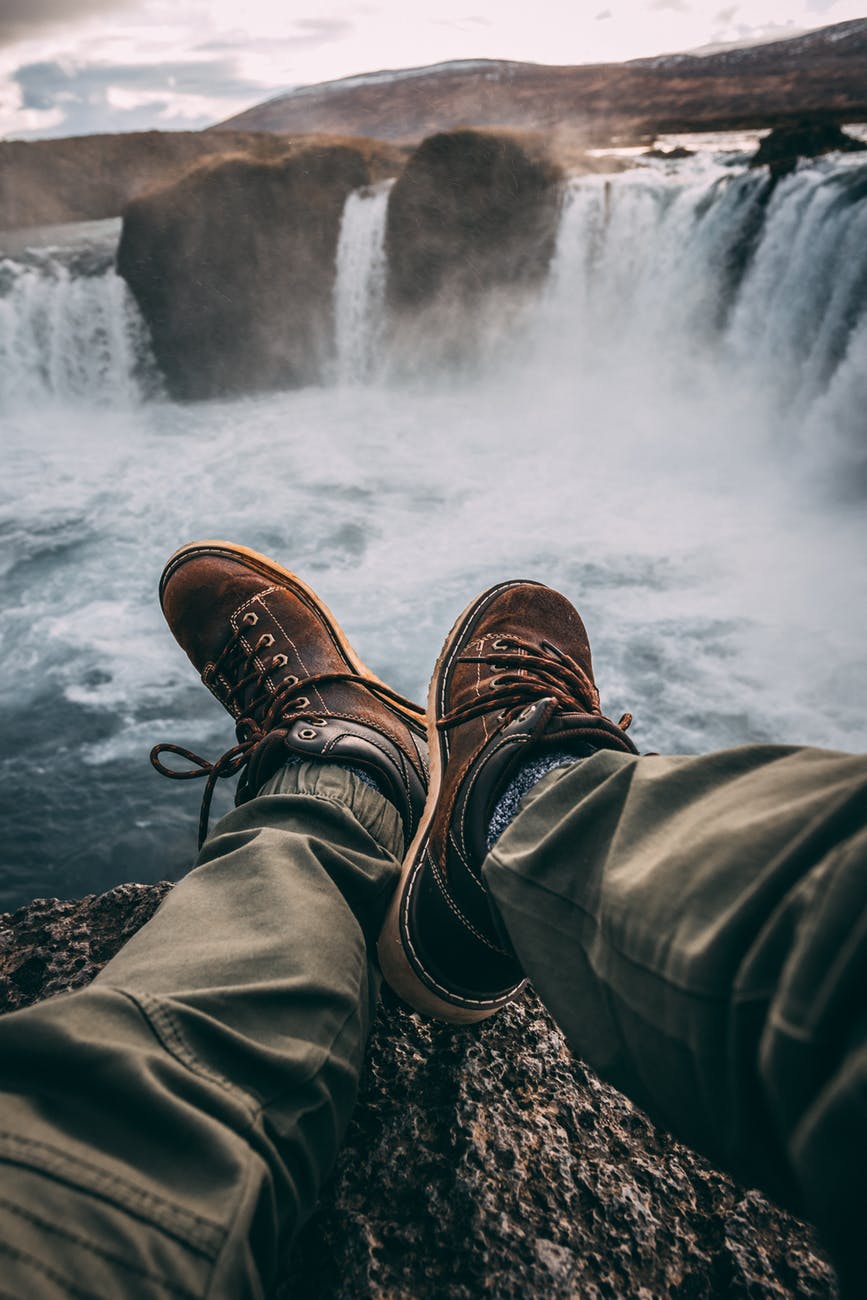The armed forces, apart from defending their lands, had one other influence which was giving the fashion industry some very iconic trends. The army or the military force of a country plays a major role in the structure of the state. It is considered a symbol of might and power, hence, it is not surprising that it has also had its influences on the fashion industry.
There are a few significant fashion fads that we follow today which have originally been initiated by the army. The military works towards creating strong, sturdy materials for the soldiers which have no connection with being aesthetically pleasing. However, the image linked with the army of power and strength made the fashion originators pick those necessity-driven articles and turn them into fashion trends.
Without further ado, let’s explore some of the fashion looks that have been adopted from the militia.
1. Camouflage Print:
This has been the most famous out of all the military-inspired fashion fads. For the first time, camouflage was implemented by the French in 1915. Other armies of World War I soon followed course. The purpose of camouflage was to hide equipment and soldiers from the enemy forces. After the massive success of camouflage in the armed forces, as early as 1915, certain fashion designers started incorporating camouflage in their designer dresses. It was then that the camouflage print took the initial steps towards fame.
From then onwards, camouflage printed pants, caps and other clothing items started being worn by the masses. The Camo print then became a fashion trend liked and accepted by many.
2. The Bomber Jacket:
Also known as the flight jacket, Bomber jackets are an invention of World War I. In 1917 when the U.S. Army created the Aviation Clothing Board, bomber jackets were created and distributed among the army. The objective of the flight jacket was simple: to keep the pilots warm and protected. During the First World War, as the planes had open cockpits, pilots had to wear something sturdy and warm to keep them protected high up in the air. As a mere necessity, bomber jackets were invented.
However, bomber jackets went on to become a famous fashion trend for the common people. Today, bomber jackets are quite the fad with customizable messages and symbols.
3. Olive-Green Color:
The use of olive green color in the military works around a similar concept as camouflage. It is used to hide the soldiers from the enemy forces by making them blend into the surrounding landscape. A basic tactic used by the armed forces.
Even though it is an army-inspired color, olive-green is a beautiful shade when it comes to fashion. It is extremely versatile and complements every skin tone. You can add this color to any attire by wearing an olive-green colored t-shirt, pants, caps or even olive-colored shoes. This color just makes you look fashionably chic.
4. Cargo Pants:
Cargo pants, or sometimes also known as combat pants, have been a significant part of the army’s battle dress. It was first worn by members of the British Militia in 1938. In the mid-1940s, cargo pants were introduced in the American Armed Forces during the Second World War.
Cargo pants have several pockets sewed in to allow for carrying items. The purpose of cargo pants was to provide the soldiers with enough pockets to carry war equipment such as maps, wound dressings, etc.
The fashion industry used the concept of cargo pants and turned it into a trend for the masses. Cargo pants are no more just a military wear and have become a fashion accessory owned and worn by the masses.
5. Aviators:
Also known as ‘pilot’s glasses’, Aviator sunglasses were initially created by Bausch & Lomb in 1936. As the name suggests, these glasses were made to protect the eyes of the pilots while flying. The Aviators replaced the backdated flight goggles used initially in the military. The Aviators were found to be thinner, light-weight and more fashionably designed than the old flight goggles.
However, after the fame certain war-heroes got, such as General Douglas MacArthur, Aviators gained sudden and immense fame in the masses. The initial Bausch & Lomb Aviators are now designed and sold under the brand name, ‘Ray-Ban Aviators’.
6. Trench Coats:
Worn by the British and French armed forces in the First World War, the trench coat was created as a replacement of the heavy greatcoats. It was developed to be used in the trenches of the First World War, hence, the name.
The military trench coats were made of heavy-duty waterproof material and came in various lengths, the longest being just above the ankles and the shortest, just above the knee.
Trench coats were adopted by the fashion industry after World War II. They gained immense popularity. There initial link to the army officers gave the trench coats a high-profile identity which made it preferred to be worn by businessmen and prominent officials.
7. Martens:
During World War II, Klaus Martens, a doctor in the German army created the Dr. Martens shoe. The history behind the shoe started when during a vacation in the Bavarian Alps, Klaus injured his ankle while skiing. Later, he found that his standard army boots were too uncomfortable for him to wear with his twisted ankle. Klaus made few alterations to the army boots by adding air-padded soles with tires and soft leather.
Dr. Martens gained popularity when along with his friend Herbert Funck, Klaus started selling the shoe commercially. It became an instant hit and was accepted as a fashion trend. The shoe became a popular fad during the 1990s when grunge fashion came into the scene. To date, Dr. Martens boots are in vogue.
8. Fishtail Parka:
A hood aligned with faux-fur is the identifying feature of a parka. It was during the Korean War in 1950 that the American Army first used the fishtail parka. As the name suggests, the coat comes with a fishtail shaped extension at the back which can be attached to the front, between the legs, for warmth. It could be detached to allow freedom in movement.
During the 1960s, because of the easy availability of the fishtail parka in military surplus stores, the cheap prices and practicality made fishtail parka a famous trend among the common people.
9. The Wellington Boot:
The Wellington Boots have their origination that dates to the 1840s and 1850s. However, during World War I, the production of the wellington boots massively increased. This happened because of the need for footwear suitable to be worn by the soldiers in the flooded and muddy trenches in Europe.
The Wellington Boots later went on to become famous to be used in different industries due to their lower cost and high protective features. They also became common in the country life and were often seen being worn by the common people as a fashion trend.
10. Necktie:
The history of necktie dates to the Thirty Years War (1618-1648) when the Croatian forces arrived in Paris wearing tightly knotted scarves around their necks. The French showed interest in these neck scarves and adopted the trend. This new clothing item soon became a fashion craze in Europe. After the trend became famous, both men and women were seen adorning scarves around their necks.
The military has had a significant influence on the fashion industry. Apart from defending the country, we might just as well thank the army for providing us with some iconic and timeless fashion trends!






